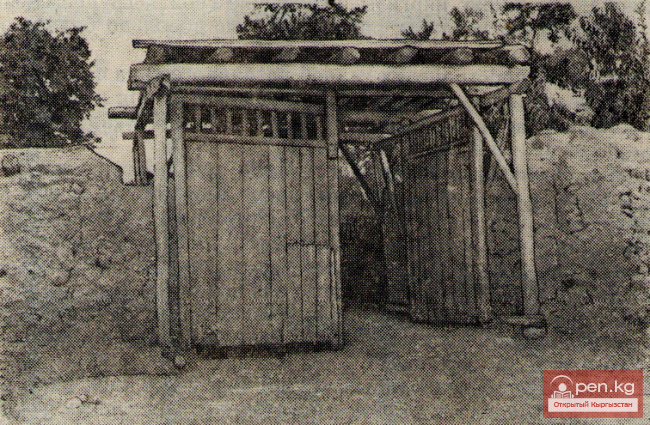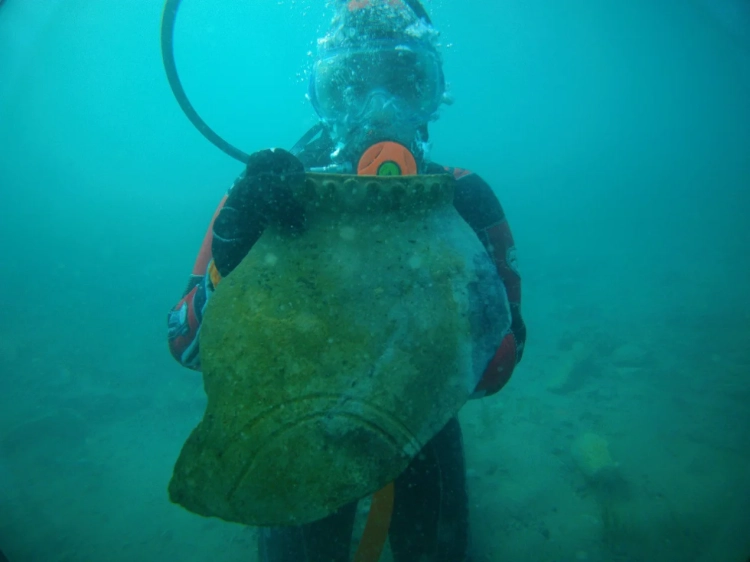
Expeditions 1937-1940 at the Burana Settlement The difficulties of the recovery period in the...

The houses-manors are characterized by their close proximity to each other. Sometimes they adjoin...

SULAYMANOV Sherali Toktosunovich...

Temple Complex in the Village of Kayragach To the northwest of the village of Beshkent, on the...

Kayraks of the Burana Settlement In the second issue of "Epigraphy of Kyrgyzstan," we...

In the Osh region, we identify four main types of homesteads. We will first focus on the most...

The third type is a manor without a yard and fence, although the area in front of the house is...

DJUMAKALIEV Anarbek...

Kutateladze Gennady Platonovich Architect. Member of the Communist Party of the Soviet Union since...

The Silk Road corridor in the Kyrgyz Republic has been included in the UNESCO World Heritage List....

Last weekend, the Kyrgyz-Japanese archaeological expedition studying the Ak-Beshim settlement...

Archaeological and Architectural Research Since 1970, the Ministry of Culture of the Kyrgyz SSR...

Renewal of Research at Burana in the Post-War Period The continuation of research at Burana falls...

Southern Kyrgyz Houses For a family consisting of several married couples, a different house plan...

SHERALIEV Tokon Matkasymovich...

Gates of a closed-type estate. Batken district. The second type of estate is the closed-type...

Resolution of the Central Executive Committee and the Council of People's Commissars of the...

BOROVIKOV Viktor Vladimirovich Architect. Born in 1950 in the city of Irkutsk. Has lived in Frunze...

Burana - Architectural Heritage. Located 12 km southwest of the present-day town of Tokmak is the...

DUBOV Yuri Borisovich...

Koshoyev Belek Dzhumagazievich (1944-1979) Graphic artist. Born on January 19, 1944, in the...

TOKBAEV Asankul Kurmanovich...

Kudelya Alexander Ivanovich...

MAMADALIEV Sagynbek Dozalievich...

In the early 20th century, Kyrgyz people also built houses similar to the described type, but...

SATYBALDIEV Mamatkerim...

Findings of Nestorion Epitaphs Syrian and Syro-Turkic Nestorion epitaphs form the most numerous...
A report on the 11th season of archaeological excavations conducted at the settlement...

In this area, there used to be a settlement, but a powerful earthquake submerged it underwater, as...

Sydykov Mamatbek...

VOKHT Vladimir Davydovich...

NURBEKOV Erkinbek...

ALYBAEV Nurdin Yeraliyevich Architect. Born in 1954 in the city of Talas, Kyrgyz SSR. In 1976, he...

Excavations by F. V. Poyarkov at the Burana Settlement In the late 19th century, Semirechye...

SEDOV Viktor Evgenievich...

TSEVMENKO Alexander Ivanovich...

ABDULDABEKOV Askar Kryuchbekovich...

When was life flourishing? Even a brief overview of the material culture with a short excursion...

NEZHURIN Anatoly Mikhailovich...

Today, September 27, the Prime Minister of the Kyrgyz Republic, Joomart Otorbaev, inspected the...

KERIMKULOV Mukhtar Orozbekovich...

SYDYKBEKOV Sabyrbek Tugelbaevich...

ISHENOV Rysbek Ishenovich...

TOYBAEV Nurlanbek Beishembaevich...

YUDAKHINA Tatyana Georgievna...

Museum-Reserve The museum-reserve was established in 1949 with the creation of the Osh Regional...

In the middle reaches, the Sokh River receives the tributary Abghol (a river from the lake), at...

SOLTOBAEV Asylbek Moldoshevich...